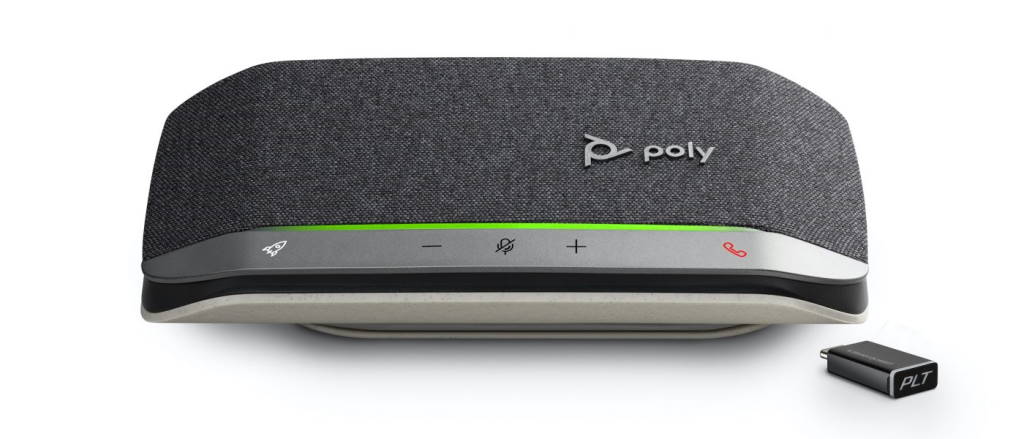Nokia 3.4 REVIEW - Budget Beaut
Summary
Nokia 3.4 REVIEW – Budget Beaut
$299
We’re on a budget phone bender. We can’t all afford flagship phones, so PAT PILCHER puts the new Nokia cheapie through its paces.
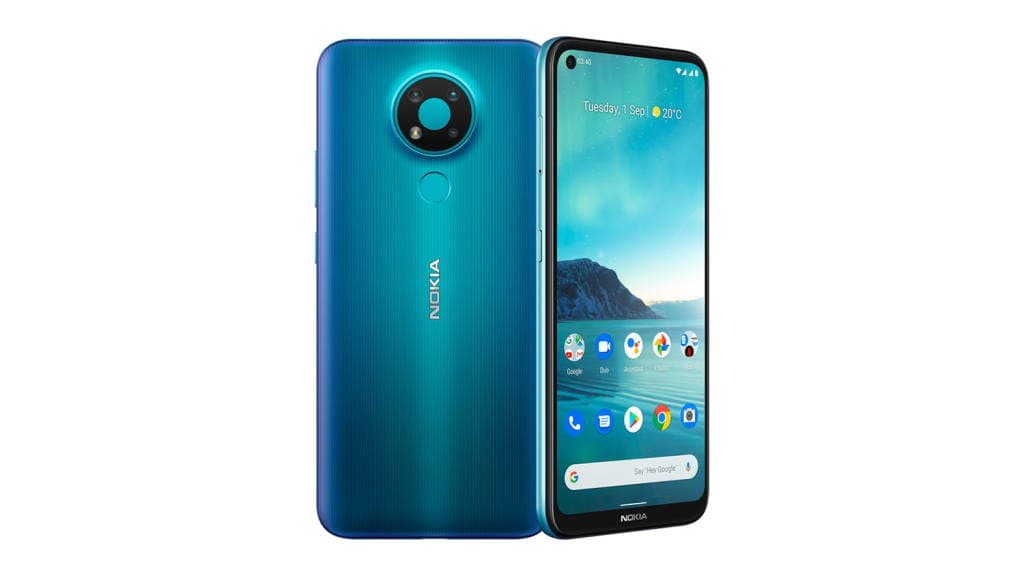
It never ceases to amaze me just how much smartphone can be had for so little money these days. The Nokia 3.4 is a case in point. It retails for just $299. As pleasing as this is for my inner cheap bastard, I was curious to see just what $299 got me. I was pleasantly surprised.
It’s available in three different iridescent colours, each with its own fanciful marketing name. These are Anthracite (dark grey), Dusk (rose) and Fjord (blue). The clever use of colour gives a hint of sophistication that belies the Nokia 3.4’s affordable sticker price. As you’d expect with such a cheap and cheerful phone, its body is crafted chiefly out of plastic, but the Nokia 3.4 still feels solid and well made. The use of plastic also means that it’s light, weighing in at just 180 grams. While its overall design is fairly generic, the use of a circular camera bump helps to lend it some interest.
Would you like to support our mission to bring intelligence, insight and great writing to entertainment journalism? Help to pay for the coffee that keeps our brains working and fingers typing just for you. Witchdoctor, entertainment for grownups. Your one-off (or monthly) $5 or $10 donation will support Witchdoctor.co.nz. and help us keep producing quality content. It’s really easy to donate, just click the ‘Become a supporter’ button below.
It may cost less than $300, but that still gets you a decent 64GB of storage which, unlike some more costly devices, is also expandable by up to 512GB using a Micro SD card. It also gets you a dual-SIM configuration.
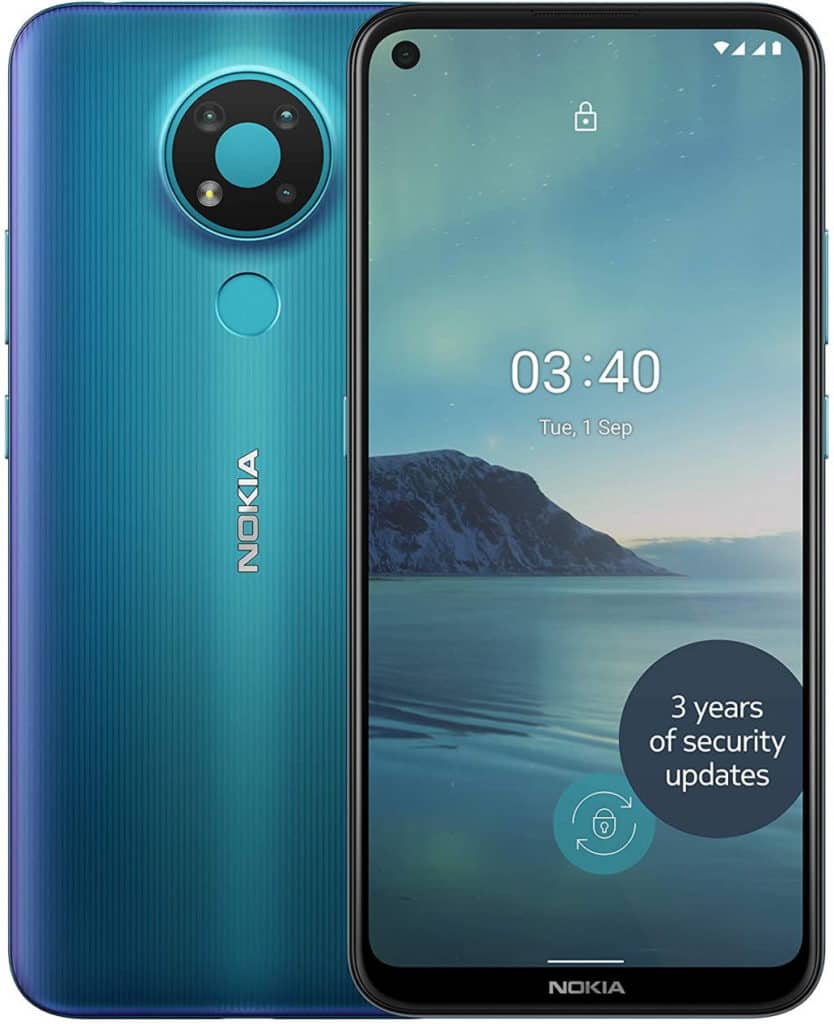
Given its super-affordable price point, there have been compromises. Wi-Fi 6 isn’t supported, but the Nokia 3.4 managed a zippy 122-123 MBit/s over my home Wi-Fi network. For transferring files, surfing/emailing over Wi-Fi, it is more than ample. Similarly, its 4G is only Cat 4, and it uses an older version of Bluetooth (4.2). On the plus side, NFC is enabled, which means easy Bluetooth pairing and Google Pay both work fine. Another absence to be expected at this price point is an under-screen fingerprint sensor. Nokia has instead gone for a fingerprint sensor on the back. This proved to be both accurate and quick.
Being a Nokia device, one area that hasn’t been compromised is the OS. The Nokia 3.4 uses Android One, so it gets regular security updates and two major operating system updates. This provides a measure of futureproofing that’s often not found with other smartphones.
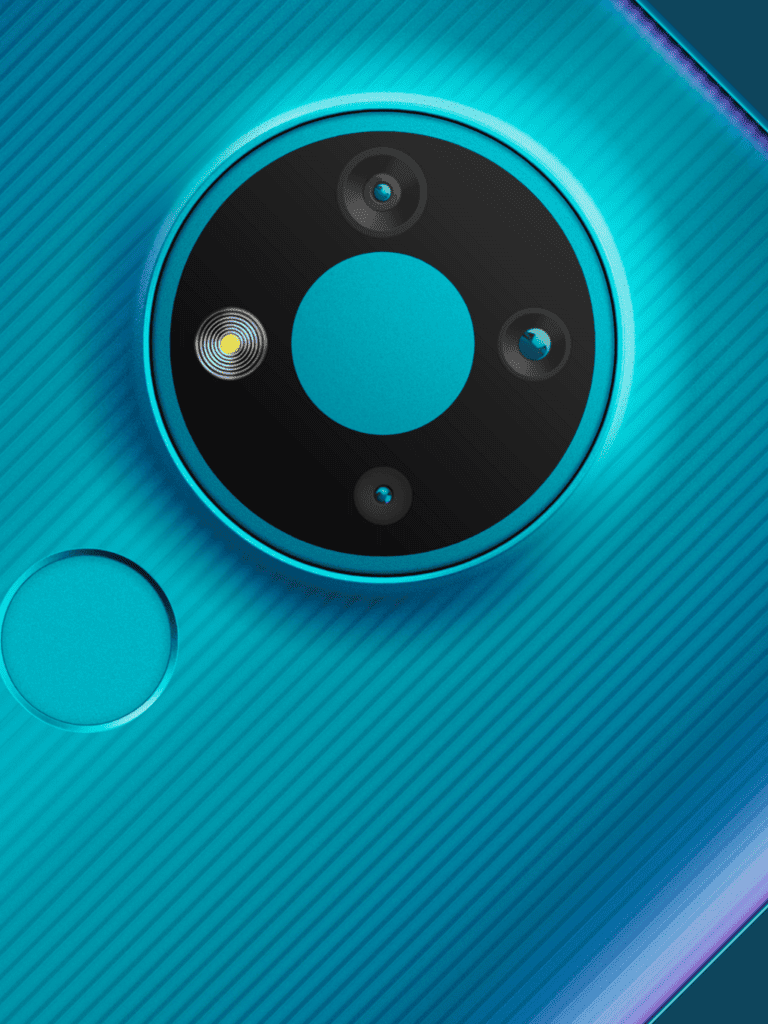
As you’d expect from an affordable phone, the rear camera uses a lower resolution 13-megapixel sensor. It produced passible pictures but struggled in low light situations, where pixel noise became particularly visible. On the video front, the Nokia 3.4 captures 1080p at 30 fps. Video footage was of acceptable quality but having to choose between the wide-angle or standard lens before recording every time was an annoyance. Around the front is an 8-megapixel hole-punch camera. It did a decent job with selfies. That said, no amount of beautification AI can fix this writer’s mug.
The Nokia 3.4 comes with a 6.39-inch 720p IPS LCD display. Its brightness levels are okay, but the contrast ratio is on par with most budget phones. While underpowered and low-end CPUs are the usual fare of most affordable phones, the Nokia 3.4 packs the new Snapdragon 460 under its hood. For a low-end piece of silicon, it proved to be quick. Not only did productivity apps feel snappy, but gaming was also surprisingly lag-free. It wasn’t until several apps were running or a really demanding app was launched that any lag became noticeable. I suspect that this has more to with the paltry 4GB of RAM than CPU related issues.
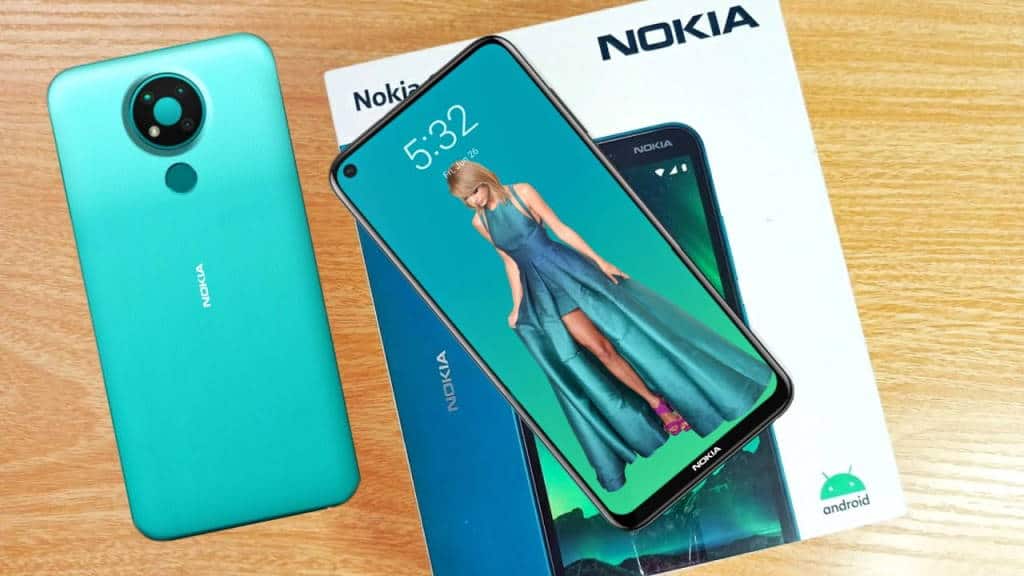
As expected, the Nokia 3.4’s single speaker is downward firing. While it is plenty loud for notifications, headphones are a must for music or video watching. A pleasant surprise, however, is the 3.5 mm audio jack and Bluetooth AptX support. Another is the 4,000 mAh battery. Thanks to efficient silicon and a lower resolution display, the rundown time was 14 hours in a looped video test. In real-world use, this should, in theory, translate into about two days of moderate to light use without charging.
If you’re on a tight budget but want a smartphone that’s easy on the eye and has a degree of futureproofing via Android One, the Nokia 3.4 is not a bad choice. Its battery life is good, and it runs well thanks to a decent CPU. The only real weak spot is its camera, but then this is a $299 phone, so Hasselblad-like performance is simply not realistic.







